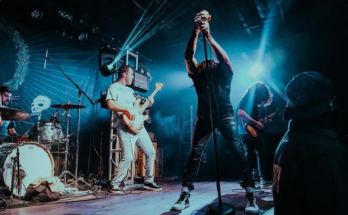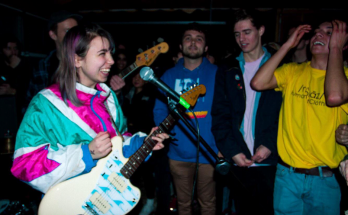Bob Dylan
No Direction Home: The Soundtrack (The Bootleg Series Vol.7)
Columbia
Trailing this widely accepted sentiment of a politically charged generation, Dylan backed by a fully amplified band approached the stage toting a foreign object, a solid-bodied Fender Stratocaster. In a moment that lit a fire under the asses of devout folkies, Bobby proudly hammered out the first electrified rhythms of one of the most notorious sets in musical history.
Twenty-eight gem tracks on the 7th volume of the spotlight-generating “Bootleg Series,” No Direction Home: The Soundtrack are chock full of previously unreleased live, home, and personal recordings that span the jet-fueled rise of the American icon’s career. From his homely beginnings as a high-school senior in 1959 Minnesota to the fundamental voice behind poetic protest, “No Direction” centers around Dylan’s rolling progression towards the electric guitar in 1966; a move that was rumored to bring tears to the folk legend Pete Seeger.
Designed both to function as a soundtrack to the highly anticipated Martin Scorsese documentary and a live time capsule of the artist’s most innocently raw performances, the double disc album provides rare, never-before-heard alternate takes disguised as all the old classics. It all begins with his supposed first recording ever, “When I Got Troubles,” cut at the ripe age of 17; a low-fi teen angst blues riff revealing the Midwesterner’s roots. In a loose chronological fashion (the second disc jumps around a tad) we follow Bob across the plains of Middle America paying homage to his idol, Woody Guthrie, “This Land is Your Land.” Then flowing into “Sally Gal,” into private recording studios, “Don’t Think Twice, It’s All Right,” onto national television shows reinventing traditional folk songs, and finally into the hearts of millions of
war conscious Americans.
Both discs are equipped with metaphorical swan song endings. The first closes with a track that Zimmy would later use as an encore to say goodbye to fans that couldn’t accept his electric transformation, “It’s All Over Now, Baby Blue.” And the latter, well, here we witness history in the making with a most spitefully charged, howling rendition of “Like A Rolling Stone,” ushered in by the man that furiously cried “Judas.” Slowly flexing his rock-star prowess, he turns to his band while strumming out the lead rhythm and demands, “Play it fucking loud.” And folk as the love generation knew it, would never be the same.
In between all this madness, the second disc also offers what Dylan does best: reinvent his acts. Stylistically, lyrically, and emotionally, his bond with the blues grows stronger. “Maggie’s Farm,” the infamous Fender track at the afore mentioned Newport show, and an amplified facelift of the imagism masterpiece, “Visions of Johanna” all resonate with his love of the blues. The only two tracks out of twelve that feature Bob backed without a drummer, “She Belongs to Me” and “Desolation Row,” still mix in electric guitars. Providing a smooth yet illuminating contrast, Dylan shows his
surrender to modernized instrumentation on the famed UK tour. The acoustic simplicity of
his heartland storytelling is gone, whether that be a positive or a negative thing.
But, snapping out of this 60’s wistfulness, back into this postmodern world of ours, we can only learn the true impact of past icons via the lessons/ramblings of the generation before us. Not to say that he is a ‘past’ icon, but those of us under the age of thirty can’t identify with the craggy,
age-ravaged singer/songwriter as seen today. And it’s a very sad thing; the man just simply isn’t the same caliber of performer he was as a youth (performer, I said – not poet). Yet this record collects the ramblin’ blues talker in a surprisingly majestic peak, intimately and nostalgically placing us in
the waves of a counter-culture storm. The media can tend to predispose in a persuading manner
the greatness of the troubadour to the masses, but No Direction Home reveals just exactly how mesmerizing he was and how he came to be one of America’s most immaculate raspy folk poets.



